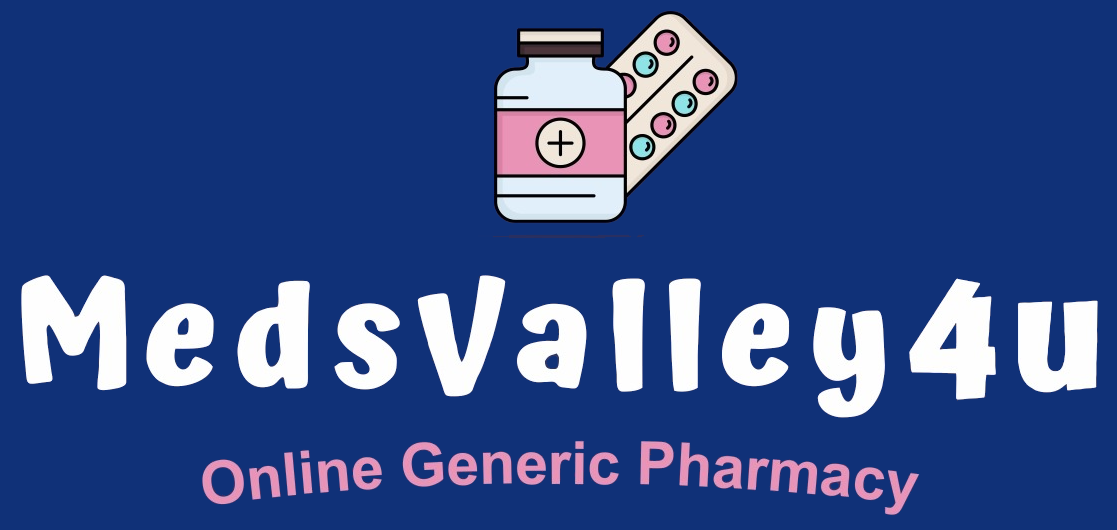06/10/2024
medsvalley4u
What Are The Health Benefits of Soybean Oil?
What Are the Health Benefits of Soybean Oil?
Soybean oil is a popular cooking oil extracted from the seeds of the soybean plant (Glycine max). It is widely used in cooking, baking, and as a base for salad dressings and margarine. Beyond its culinary applications, soybean oil is recognized for its potential health benefits, thanks to its rich nutritional profile, which includes essential fatty acids, vitamins, and antioxidants. In this blog, we will explore the various health benefits of soybean oil and why it can be a valuable addition to your diet.1. Rich Source of Healthy Fats
One of the primary health benefits of soybean oil is its composition of healthy fats, including polyunsaturated and monounsaturated fats, which are essential for heart health.- Polyunsaturated Fats: Soybean oil is particularly high in polyunsaturated fats, which include omega-6 and omega-3 fatty acids. These fats are known for their ability to reduce bad cholesterol levels (LDL) and lower the risk of heart disease.
- Monounsaturated Fats: These fats help to maintain healthy cholesterol levels and support overall cardiovascular health. Including monounsaturated fats in your diet can help reduce the risk of heart disease by improving blood lipid profiles.
2. Supports Heart Health
Soybean oil is considered heart-friendly due to its balanced fatty acid profile, which helps manage cholesterol levels and maintain overall cardiovascular health.- Omega-3 Fatty Acids: Soybean oil contains alpha-linolenic acid (ALA), a type of omega-3 fatty acid that is essential for heart health. ALA has been shown to reduce inflammation, lower blood pressure, and decrease the risk of heart disease.
- Reduces Cholesterol: Regular consumption of soybean oil can help reduce LDL cholesterol levels while maintaining or increasing HDL (good) cholesterol levels. This helps prevent the buildup of plaque in the arteries, reducing the risk of atherosclerosis and heart attacks.
3. High in Vitamin E: A Powerful Antioxidant
Soybean oil is an excellent source of vitamin E, a fat-soluble antioxidant that plays a crucial role in protecting the body from oxidative stress and free radical damage.- Skin Health: Vitamin E in soybean oil helps protect the skin from damage caused by UV rays and environmental pollutants. It also supports skin cell regeneration, reduces the appearance of scars, and helps maintain skin elasticity, making it a popular ingredient in cosmetic products.
- Immune Support: As an antioxidant, vitamin E helps strengthen the immune system by protecting cells from damage. This can enhance the body’s ability to fight off infections and reduce the risk of chronic diseases related to oxidative stress.
4. Promotes Bone Health
Soybean oil contains vitamin K, which is essential for bone health and plays a crucial role in blood clotting.- Bone Mineralization: Vitamin K helps regulate calcium in the bones and bloodstream, promoting bone mineralization and strength. Adequate intake of vitamin K is associated with a lower risk of fractures and osteoporosis.
- Calcium Regulation: By supporting calcium metabolism, vitamin K in soybean oil helps maintain bone density and reduces the risk of bone-related disorders, particularly in postmenopausal women who are at higher risk for osteoporosis.
5. Improves Skin and Hair Health
The combination of healthy fats, vitamin E, and other antioxidants in soybean oil makes it beneficial for maintaining healthy skin and hair.- Moisturizing Properties: Soybean oil is commonly used in skin care products due to its emollient properties, which help lock in moisture and keep the skin hydrated. It can be particularly beneficial for dry or sensitive skin types.
- Reduces Signs of Aging: The antioxidants in soybean oil can help reduce the appearance of fine lines, wrinkles, and other signs of aging by neutralizing free radicals that damage skin cells.
- Hair Nourishment: Soybean oil can be used as a hair conditioner, helping to strengthen hair, reduce frizz, and improve shine. The fatty acids in the oil nourish the scalp and hair follicles, promoting healthier hair growth.
6. Supports Cognitive Function
The healthy fats found in soybean oil, particularly omega-3 fatty acids, are essential for brain health and cognitive function.- Brain Development: Omega-3s are crucial for brain development, especially during pregnancy and early childhood. Including omega-3-rich oils like soybean oil in the diet can support cognitive development and function.
- Reduces Risk of Cognitive Decline: Regular intake of omega-3 fatty acids has been associated with a reduced risk of cognitive decline and neurodegenerative diseases such as Alzheimer’s disease. These fats help maintain brain cell membrane integrity and support neurotransmitter function.
7. Anti-Inflammatory Properties
Soybean oil contains compounds that have anti-inflammatory properties, which can help reduce inflammation in the body.- Reduces Chronic Inflammation: Chronic inflammation is linked to various health conditions, including heart disease, arthritis, and certain cancers. The omega-3 fatty acids in soybean oil can help reduce inflammation and lower the risk of chronic diseases.
- Supports Joint Health: The anti-inflammatory effects of soybean oil can also benefit individuals with joint conditions such as rheumatoid arthritis by reducing pain and stiffness.
8. Versatile and Widely Available
Beyond its health benefits, soybean oil is versatile and widely available, making it easy to incorporate into your diet.- Cooking Versatility: Soybean oil has a high smoke point, making it suitable for various cooking methods, including frying, baking, and sautéing. Its mild flavor allows it to blend well with other ingredients without overpowering dishes.
- Cost-Effective: Soybean oil is often more affordable than other healthy oils, making it an accessible option for those looking to improve their diet without breaking the bank.










